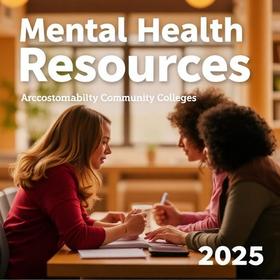After years of school, finally entering the “real world” is certainly cause for celebration. Graduating from college is an incredible achievement and with it comes unlimited opportunities for the future.
But what exactly do you do after you graduate from a community college? What are your first steps?
Many community college students spend so much time and effort focusing on passing their classes and keeping up their GPA that they fail to really think about what comes next. You don’t necessarily need to plan the next ten years of your life down to the finest detail, but you should have some kind of game plan in place for when you finish school. If you aren’t quite sure what to do after you finish community college, here are five suggestions.
1. Update Your Resume and Beef Up Your Interview Skills
The whole point of going to college is to get the education and experience you need to land your dream job. Just because you have the right degree, however, doesn’t guarantee that you’ll get the job you want. You need to make yourself look valuable to potential employers and that largely comes down to two things – your resume and your interview skills.
When you apply for a job, potential employers will look at your resume first. If they don’t like what they see, you’re unlikely to make it past that first round of cuts and you probably won’t get an interview. You could be the most charismatic person

















